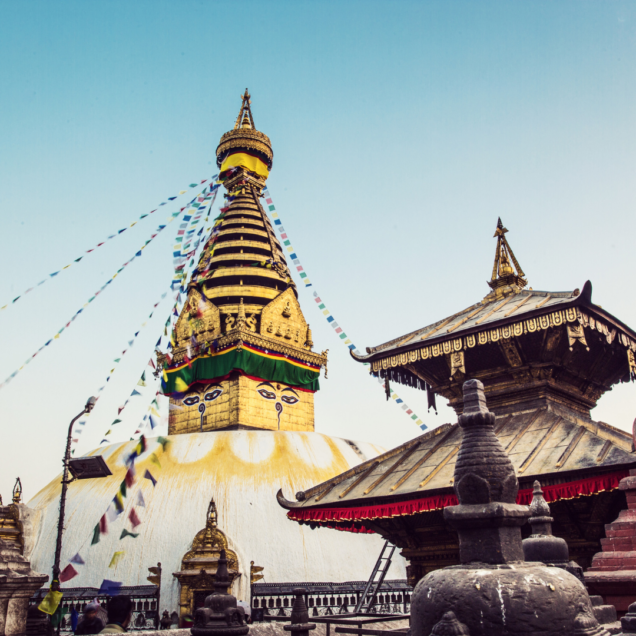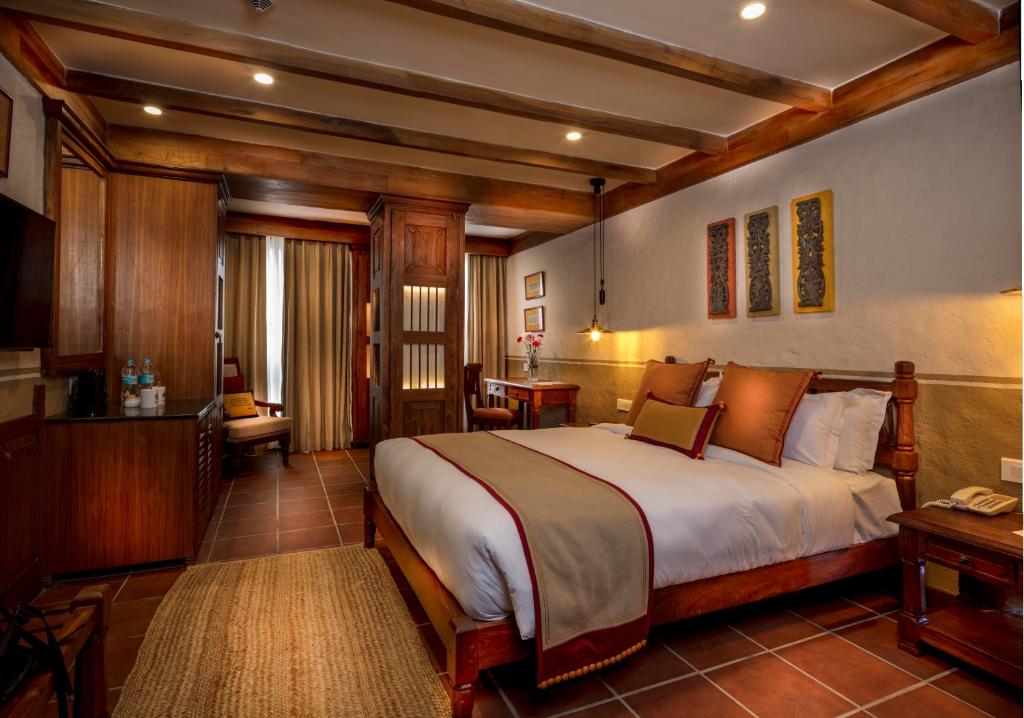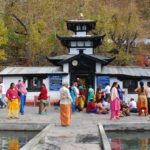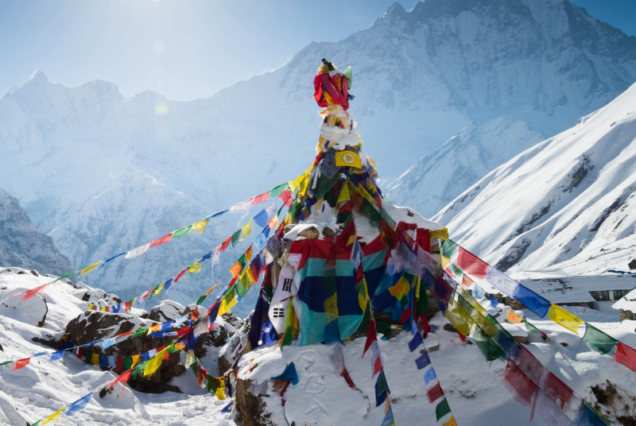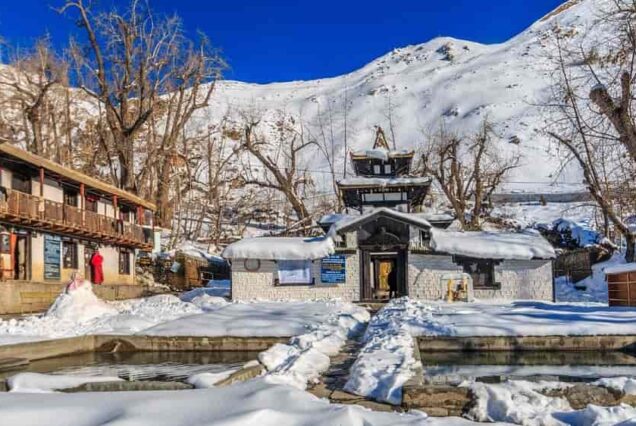

Kathmandu is the capital and largest city of Nepal, located in the Kathmandu Valley in the central part of the country. It serves as the political, cultural, and economic hub of Nepal. Here are some key aspects of Kathmandu:
- Historical and Cultural Significance: Kathmandu has a rich history and is home to numerous historical and cultural landmarks. The Kathmandu Valley is known for its seven UNESCO World Heritage Sites, including Durbar Square, Swayambhunath (Monkey Temple), Pashupatinath Temple, Boudhanath Stupa, Patan Durbar Square, Bhaktapur Durbar Square, and Changunarayan Temple.
- Durbar Square: Kathmandu, along with Patan and Bhaktapur, features historic Durbar Squares that were once the palaces of the Malla and Shah kings. These squares are adorned with ancient temples, palaces, and statues.
- Swayambhunath (Monkey Temple): Perched atop a hill west of Kathmandu, Swayambhunath is a sacred Buddhist stupa with a dome, spire, and eyes painted on the pinnacle, often called the “All-Seeing Eyes of Buddha.”
- Pashupatinath Temple: A Hindu temple dedicated to Lord Shiva, Pashupatinath is one of the holiest shrines for Hindus. It is located on the banks of the Bagmati River and is known for its religious and cultural significance.
- Boudhanath Stupa: A massive Buddhist stupa with a giant mandala, Boudhanath is one of the largest stupas in Nepal and an important pilgrimage site for Buddhists.
- Thamel: A popular tourist district in Kathmandu known for its bustling streets, vibrant atmosphere, and a wide range of shops, restaurants, and accommodation options.
- Cultural Diversity: Kathmandu is a melting pot of cultures and ethnicities, reflecting Nepal’s diverse population. The city is home to people from various ethnic backgrounds, and you can experience a mix of traditions, languages, and cuisines.
- Gateway to the Himalayas: Kathmandu serves as a gateway for trekkers and mountaineers heading to the Himalayas, including popular trekking routes like the Everest Base Camp trek and the Langtang Valley trek.
Kathmandu is not only a cultural and historical hub but also a starting point for exploring the natural wonders of Nepal, making it a significant destination for travelers visiting the country.

